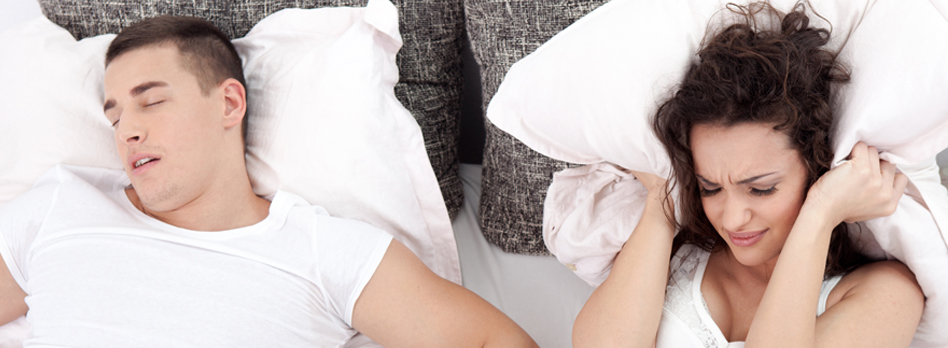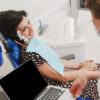
Sleep apnea affects the way someone breathes when asleep and often manifests in very heavy snoring and even interrupted breathing. Left untreated, it can cause tensions between partners and all the symptoms of sleep deprivation. It is not something you want to leave untreated.
It can affect children as well as adults and is more common than we might think. As many of us snore anyway, it is somewhat difficult to identify. Once someone suspects sleep apnea may be a concern, the only way to correctly diagnose is with an overnight sleep study.
There are three main types of sleep apnea, obstructive sleep apnea that is the most common and is caused by soft tissue at the back of the throat blocking the airway. There is also central sleep apnea which is caused by the central nervous system and complex sleep apnea, which is a combination of both. Obstructive sleep apnea is by far the most common.
The signs of sleep apnea
Sleep apnea manifests primarily as heavy snoring. There may also be pauses in breathing which lowers the oxygen levels in the blood causing the brain to alert and awaken to force breathing once more. Pauses can be anything up to 20 seconds, causing the sufferer to gasp for oxygen once awake.
If you suffer from sleep apnea, you may never realize unless alerted by a partner or someone else in the house. While you are wakened by the condition, it is only enough to restart breathing before you go back to sleep.
Occasionally you may experience a sore throat when you wake, forgetfulness, irritability and sleepiness. In children, you may see them sleeping in odd positions, bed wetting, night sweats or night terrors.
Risk factors of sleep apnea
There are several risk factors associated with sleep apnea. They include obesity, sinusitis, large neck, high blood pressure, recent weight gain, the menopause, larger than usual tonsils or adenoids, Down syndrome, smoking, excessive drinking, genetics or a pronounced overbite. Men are more susceptible to sleep apnea, as are the over 50s but children can suffer from it too.
Treatments for sleep apnea
There are somethings sufferers can do to help themselves treat sleep apnea and some very effective medical interventions. Lifestyle changes such as losing weight, stopping smoking, lowering alcohol intake, regular exercise, lowering caffeine intake and defining a regular sleeping pattern can all help.
Medical interventions can include CPAP or an oral appliance. Surgery is also an option if these are not effective. The CPAP (Continuous Positive Airway Pressure) machine is a very effective device that forces air into the lungs to keep positive air pressure and prevent obstructive sleep apnea.
The oral appliance looks like a mouth guard or retainer that holds the tongue and jaw in place to help prevent soft tissue obstructions. It is a very effective treatment for those who don’t like CPAP.
Finally, there is a surgical treatment that involves reducing the soft tissue that causes the blockage. More involved procedures can also alter the jaw, nasal passages and face to alleviate the condition. These are only ever the procedure of last resort.
Sleep apnea is a serious condition but can be treated in a variety of ways. If you have been diagnosed with the condition, Aesthetic Family Dentistry are qualified to help. Contact us today 973-627-3617 for a consultation.









